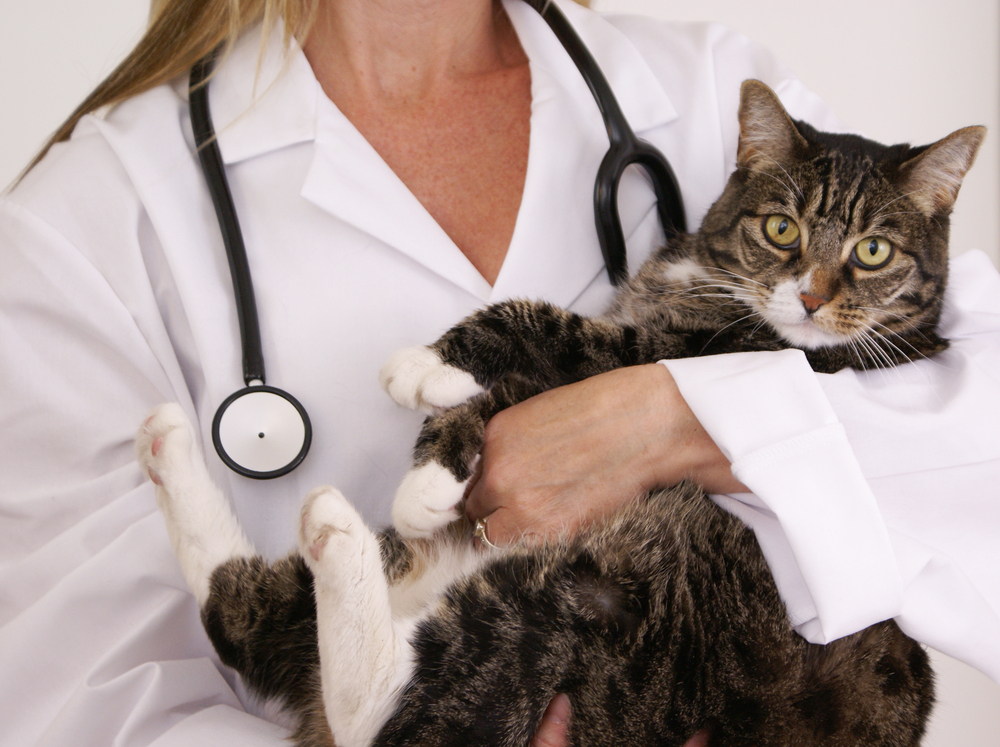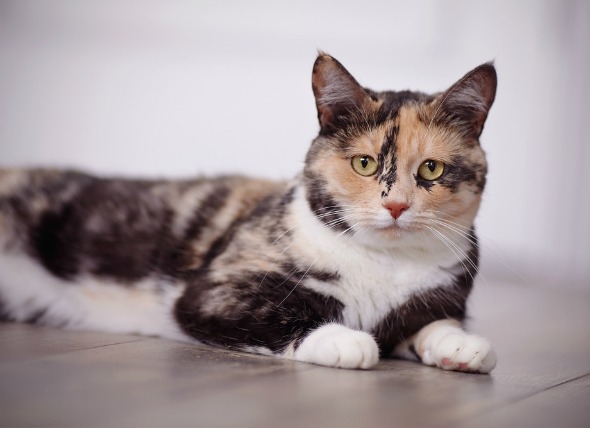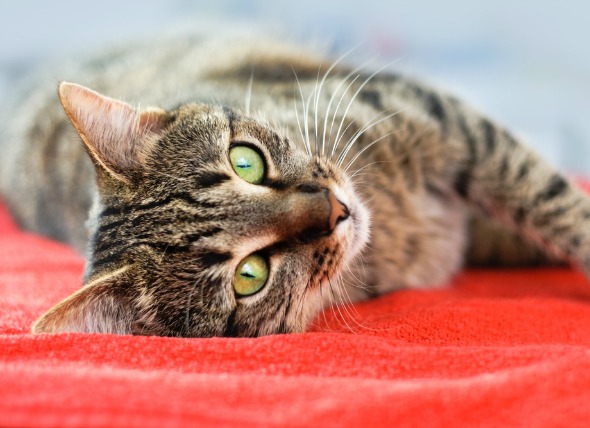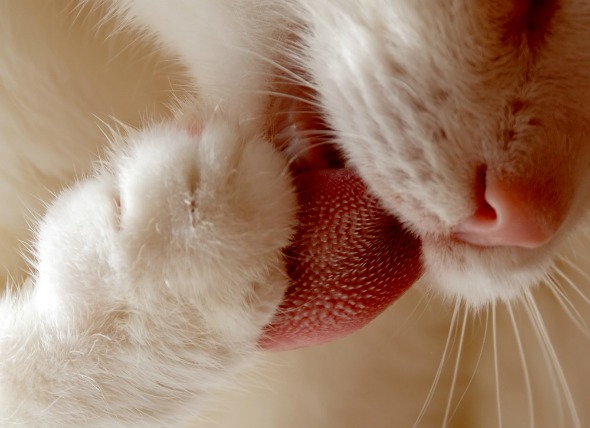

Cryptococcus is a yeastlike fungus that is generally associated with tropical environments, such as those in Australia and Africa. Cryptococcus neoformans var. gatti has been directly associated with the eucalyptus tree in Australia, but this fungus, as well as the Cryptococcus neoformans var. neoformans and Cryptococcus neoformans var. grubii, also grows in bird droppings and decaying vegetation, and can be found worldwide, including in some areas of southern California and Canada.
Cryptococcosis, the diseased condition that results from internalization of this fungus, is a localized or systemic fungal infection caused by the Cryptococcus neoformans. The Cryptococcus fungus is contracted through the nasal passages, and from there passes into the brain, eyes, lungs, and other tissues. Lung infection and central nervous system malfunction leading to meningitis are the most common causes of Cryptococcosis fatality. Cats in the United States are seven to ten times more likely to contract the fungus than dogs are.
Symptoms will vary, and will depend greatly on the organ systems affected by the fungus. However, your cat may have a history of problems for weeks or months before the condition is full-blown. It may be especially sluggish, and although it occurs in less than 50 percent of afflicted animals, your cat may also have a mild fever throughout this time. Other symptoms specific to cats include:
Cryptococcus spores are present in bird feces and in the surrounding soil where bird droppings may be found. This condition is contracted when spores from the Cryptococcus fungus are inhaled through the nasal passages. Occasionally, these organisms may reach the terminal airways, although it is unlikely. The fungus can also infect the stomach and the intestines, entering through the gastrointestinal tract. The disease is not transmittable to humans or other animals, nor is it contagious.
Your veterinarian will be making a diagnosis based on findings from the following tests:
Outpatient care is standard, with antifungal medication being given to combat the infection, but if your cat is showing symptoms of nervous system impairment your veterinarian will most likely recommend inpatient care until your cat's health stabilizes.
Surgery may be recommended if your cat has nodular (granulomatous) masses in its nose and/or throat; removal of these masses will alleviate breathing difficulties.
Your veterinarian will need to monitor liver enzymes monthly while your cat is receiving antifungal drugs. An improvement in clinical signs, a resolution of lesions, a general improvement in well being, and a return of appetite will measure your cat's response to treatment.
The anticipated duration of treatment is three months to one year; patients with central nervous system disease may require lifelong maintenance treatment. Cats that are also infected with the feline leukemia virus (FeLV), or feline immunodeficiency virus (FIV) will have a worse prognosis for recovery.
Your veterinarian will measure the presence of antigens of Cryptococcus every two months, and up until six months after completion of treatment (or until the antigen is no longer detectable). If your cat is able to maintain low titers -- the amount of medicine or antibodies found in the blood -- for several months after all signs of disease have resolved, the treatment will continue for at least three months. If titers suddenly rise after treatment, therapy will be resumed.
Image: Kat Snowden via Shutterstock
 Stomach Infection with Helicobacter in Cats
Helicobacter Infection in Cats
The He
Stomach Infection with Helicobacter in Cats
Helicobacter Infection in Cats
The He
 Crystals in the Urine in Cats
Crystalluria in Cats
Crystalluria is a medical co
Crystals in the Urine in Cats
Crystalluria in Cats
Crystalluria is a medical co
 Low Blood Calcium in Cats
Hypocalcemia in Cats
The term "hypocalcemia&
Low Blood Calcium in Cats
Hypocalcemia in Cats
The term "hypocalcemia&
 Tongue Cancer (Squamous Cell Carcinoma) in Cats
Lingual Squamous Cell Carcinoma in Cats
A squamou
Tongue Cancer (Squamous Cell Carcinoma) in Cats
Lingual Squamous Cell Carcinoma in Cats
A squamou
 High Blood Pressure in the Lungs in Cats
Pulmonary Hypertension in Cats
Pulmonary hyperten
High Blood Pressure in the Lungs in Cats
Pulmonary Hypertension in Cats
Pulmonary hyperten
Copyright © 2005-2016 Pet Information All Rights Reserved
Contact us: www162date@outlook.com